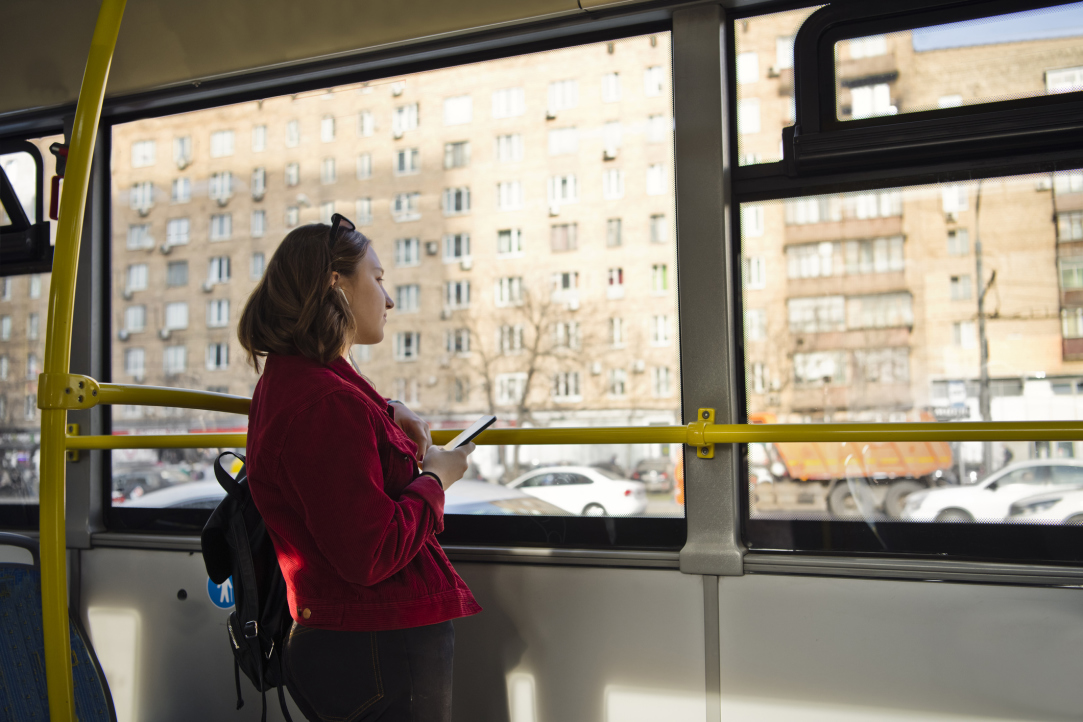Buckle Up! Will the Pandemic Usher in the End of the Public Transportation Era?

Mikhail Blinkin, Director of the HSE Institute for Transport Economics and Transport Policy Studies, speculated about whether private automobile transportation will expel buses and trams from city streets in the post-virus future.
In early April, I got a letter from Mohamed Mezghani, one of the world’s leading experts in transportation. He serves as President of the International Association of Public Transport (UITP), a reputable organization that has witnessed all the dramatic global events starting from 1880s.
In his letter addressed to UITP committee members, Prof. Mezghani emphasized his understanding of the quarantine problems faced by his colleagues and expressed his willingness to expand the range of readership by providing free access to all of UITP’s papers.
As someone who is highly familiar with the problems of mobility for cities and residents, he expressed no concern about the chances of a diminishing role of public transportation, let alone collapse, in a ‘post-coronavirus’ world. Meanwhile, some high-profile authors are arguing that the pandemic will cause city authorities to shift toward widespread automobile travel and, accordingly, to abandon the priority of public transportation.
The meaning of ‘abandoning’ in this context would mean that public transportation would only remain for trips by schoolchildren and social transportation services for the ‘carless’ population.
In an abstract sense, this scenario is possible. A city where it could come to fruition should have over 750 cars per 1,000 people, while public transportation would be responsible for less than 10% of the total transportation demand.
The more complicated question concerns the density of population and the road network that would be required for carpooling to effectively meet (without regular major traffic jams) daily peak passenger demand.
It is hardly appropriate to use formulas and graphs in a popular science article, so I hope you take my word for it. The solutions that are physically possible require a range of population density from 30 people per 10,000 sq.m of built-up urban area. With such population density, the necessary road density (land allocated to streets, LAS) must be at least 33% (as in car-oriented cities of the United States and Canada).
In Russia, LAS does not exceed 8-9%, with the population density from 120 in Moscow to 40-50 in other major Russian cities. This means that they are falling behind the ‘car happiness’ scenario by five to ten times!
The conclusion is that cities in Russia (as well as in most of the rest of the world) will be able to abandon mass public transportation only under an extreme decline of total passenger demand, which might happen in two scenarios.
The first scenario is administrative suppression of demand, which would involve a ban on daily trips for a considerable part of a city’s population. The second is falling demand in the context of expanding remote access at educational institutions and non-factory businesses.
I am more or less confident that the first scenario has no chances of being implemented even in the extreme ‘post-coronavirus’ world. The second scenario is theoretically possible, but, as Kipling said, ‘…but count who come for the broken meats before thou makest a feast.’ Accurately ‘counting the meats’ requires a radical reinvention of existing forms of accommodation, urban development, land use, residential, and transportation policies. But this is a topic for yet another discussion…
Mikhail Y. Blinkin
Director, HSE Institute for Transport Economics and Transport Policy Studies
See also:
HSE Experts Highlight Factors Influencing EV Market Growth
According to estimates from HSE University, Moscow leads in the number of charging stations for electric vehicles in Russia, while Nizhny Novgorod ranks first in terms of charging station coverage, with 11.23 electric vehicles per charging station, compared to 14.41 in Moscow. The lack of charging infrastructure is one of the key factors limiting the growth of the electric vehicle market. This is stated in the study titled ‘Socio-Economic Aspects of Introducing Electric Vehicles in Commercial Transportation’ conducted by experts from the Institute of Transport Economics and Transport Policy Studies at HSE University.
Responsible Airlines: Some of Them Care about Minority Rights, while Others Just Survive
Airlines use a variety of different methods in order to win their passengers’ loyalty and demonstrate their public prominence. An air company’s social policy, active or indifferent, largely depends on the company’s home region, believes HSE expert Natalia Goncharova. On the basis of her research, the IQ.HSE editorial office determined seven types of global airlines.
33 billion roubles
will be saved by regional governments by 2020 if public transport is converted to natural gas.


